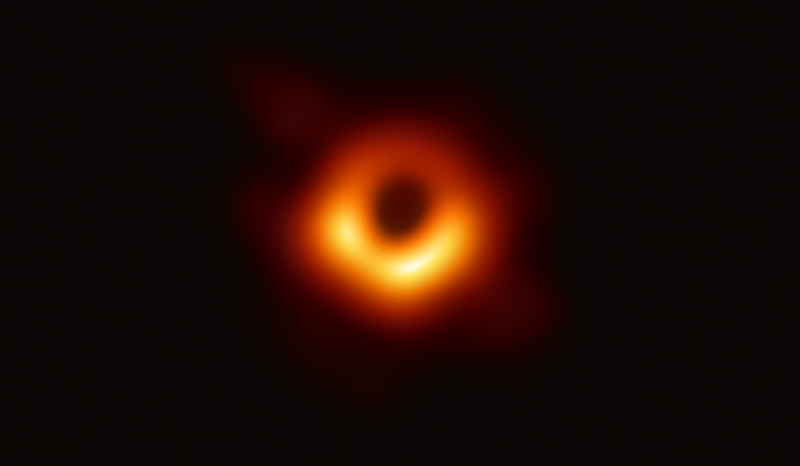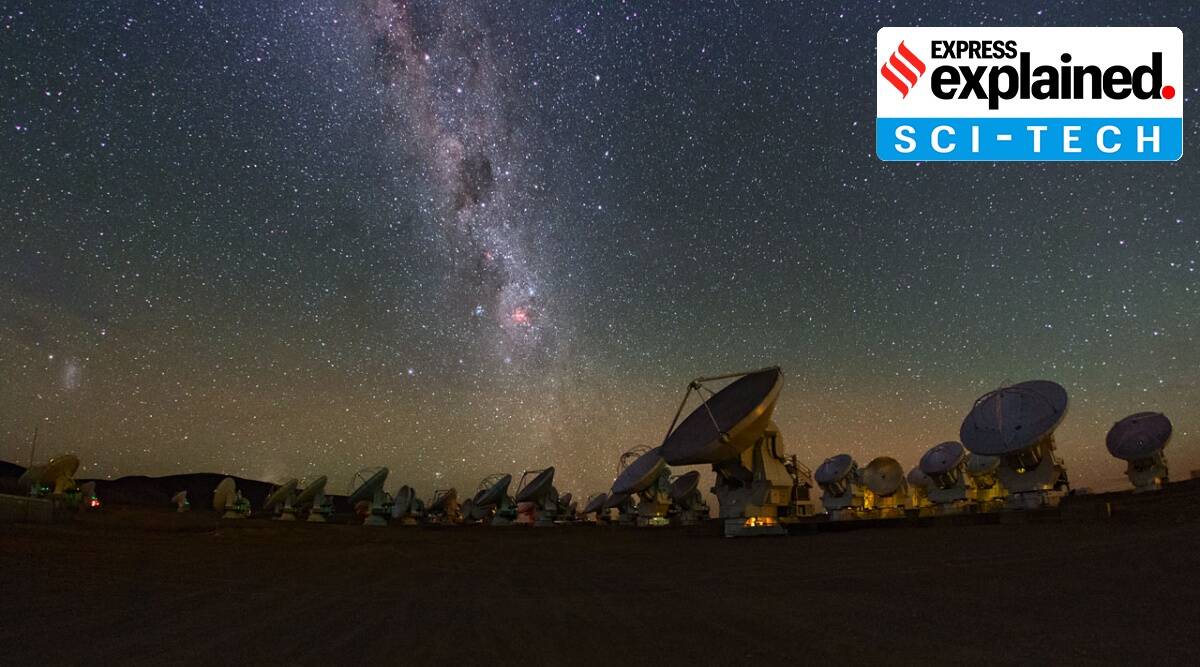
Telescopes and the Evolution of Astronomy: A Brief History
As human beings, we have always been fascinated by the vastness of the universe that surrounds us. However, it was not until the invention of the telescope that we were finally able to fully explore and understand the mysteries of the cosmos. From the first visible-light telescopes in the 1600s to the advanced instruments we have today, telescopes have revolutionized the way we study the skies and enabled us to discover incredible things about our universe.
The history of telescopes dates back to the early 17th century, when the Dutch eyeglass maker Hans Lippershey, in 1608, developed the first refracting telescope. These early telescopes, also known as refractors, used convex lenses to magnify distant objects. However, these instruments had limited magnification capabilities and suffered from chromatic aberration, which limited their usefulness for astronomical observation.
In 1668, Isaac Newton developed the first reflecting telescope, which used a curved mirror to reflect and magnify light. This design addressed the issues with chromatic aberration and could achieve much greater magnification than refracting telescopes. Reflecting telescopes became the standard for astronomical observation until the early 19th century.

In the late 18th century, William Herschel, a German-born British astronomer, built the largest telescope of his time, a 40-foot reflector, which enabled him to discover Uranus, and several of its moons that were not previously known. Later, Herschel's son John constructed an even larger reflector, the 48-inch, which was used by many astronomers to discover new celestial objects.
With the advent of photography in the 19th century, astronomers could capture and study images of the stars and galaxies they observed, leading to the discovery of new celestial objects such as planetary nebulae and galaxies. In the 20th century, the development of electronic detectors, including CCD (Charge Coupled Device) cameras, enabled astronomers to capture and analyze light beyond the visible spectrum, such as infrared, ultraviolet and X-rays.
Today, researchers continue to develop new and advanced telescopes and detectors to observe the universe with even greater precision and accuracy. High-tech companies like Detyl, which has been registered and established since 2014, specializing in the production of high-end photoelectric and photoelectric imaging products, are at the forefront of this evolution of astronomy. These products are being used to expand our understanding of the universe, and to make groundbreaking discoveries.
In conclusion, telescopes have been the most significant invention in the history of astronomy, allowing us to study the universe in detail and discover its many wonders. From the first refracting telescopes in the 1600s to the latest innovative models, telescopes have continuously advanced the field of astronomy and will continue to do so in the future. With companies like Detyl paving the way with their high-end technological advancements, we can expect even more groundbreaking discoveries in the decades to come.